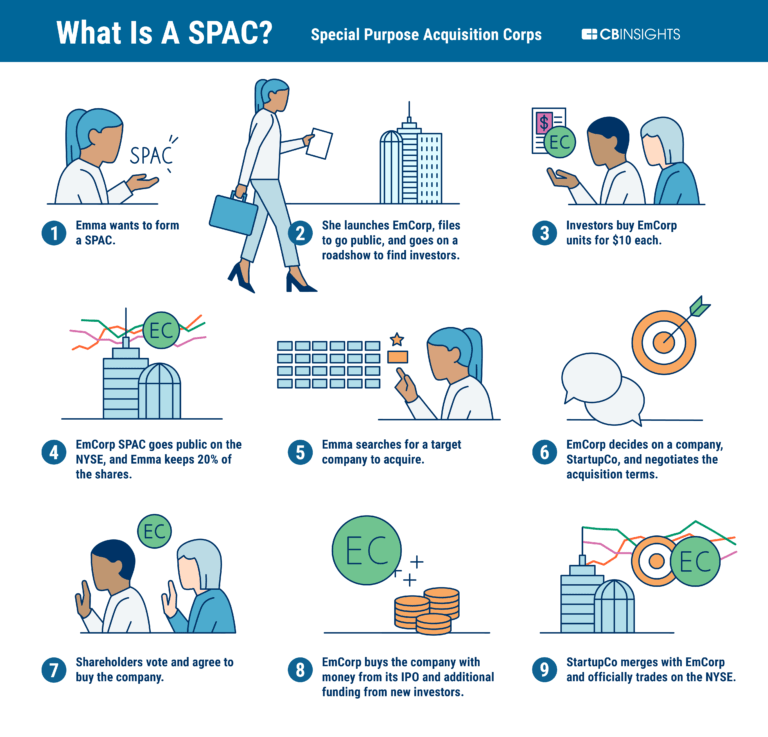As I was reading an article on Personal Finance, the following question came to mind: how much would a 10000 Rupees monthly investment in NIFTY since the year 2000 would be worth in December 2020? NIFTY is an index of Indian Equities and I was surprised by the ROI! Read on.
To estimate the value of a 10,000 INR monthly investment in the NIFTY 50 since the year 2000 until December 2020, we can use historical data for the NIFTY 50 index and a method called dollar-cost averaging. Keep in mind that this calculation is an approximation and does not take into account taxes, fees, or dividends received, which would affect your overall returns.
Using historical data for the NIFTY 50 index and the monthly closing prices, you can follow these steps:
- Divide the 10,000 INR monthly investment by the closing price for that month to find the number of units (or a proxy of shares) purchased each month.
- Keep a running total of the number of units accumulated over the investment period.
- Multiply the total number of units by the closing price of the NIFTY 50 index in December 2020.
For example, using historical data from Yahoo Finance, the closing price of the NIFTY 50 in January 2000 was approximately 1,475, and in December 2020, it was approximately 13,981.75.
By investing 10,000 INR every month from January 2000 to December 2020, you would have invested a total of 2,520,000 INR over the 252 months. After calculating the number of units purchased each month and summing them up, you would have accumulated around 153.34 units (or a proxy of shares) of the NIFTY 50 index.
Multiplying the total number of units (153.34) by the closing price in December 2020 (13,981.75) gives you an approximate value of INR 2,144,250.69.
Please note that this is a rough estimate, and individual results may vary depending on factors like exact investment dates, fees, and reinvestment of dividends. Additionally, this calculation assumes that the monthly investments were made at the end of the month, which might not match your actual investment schedule.


